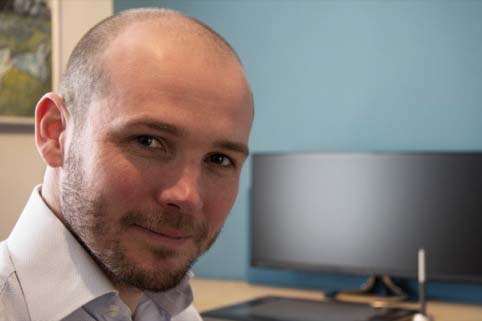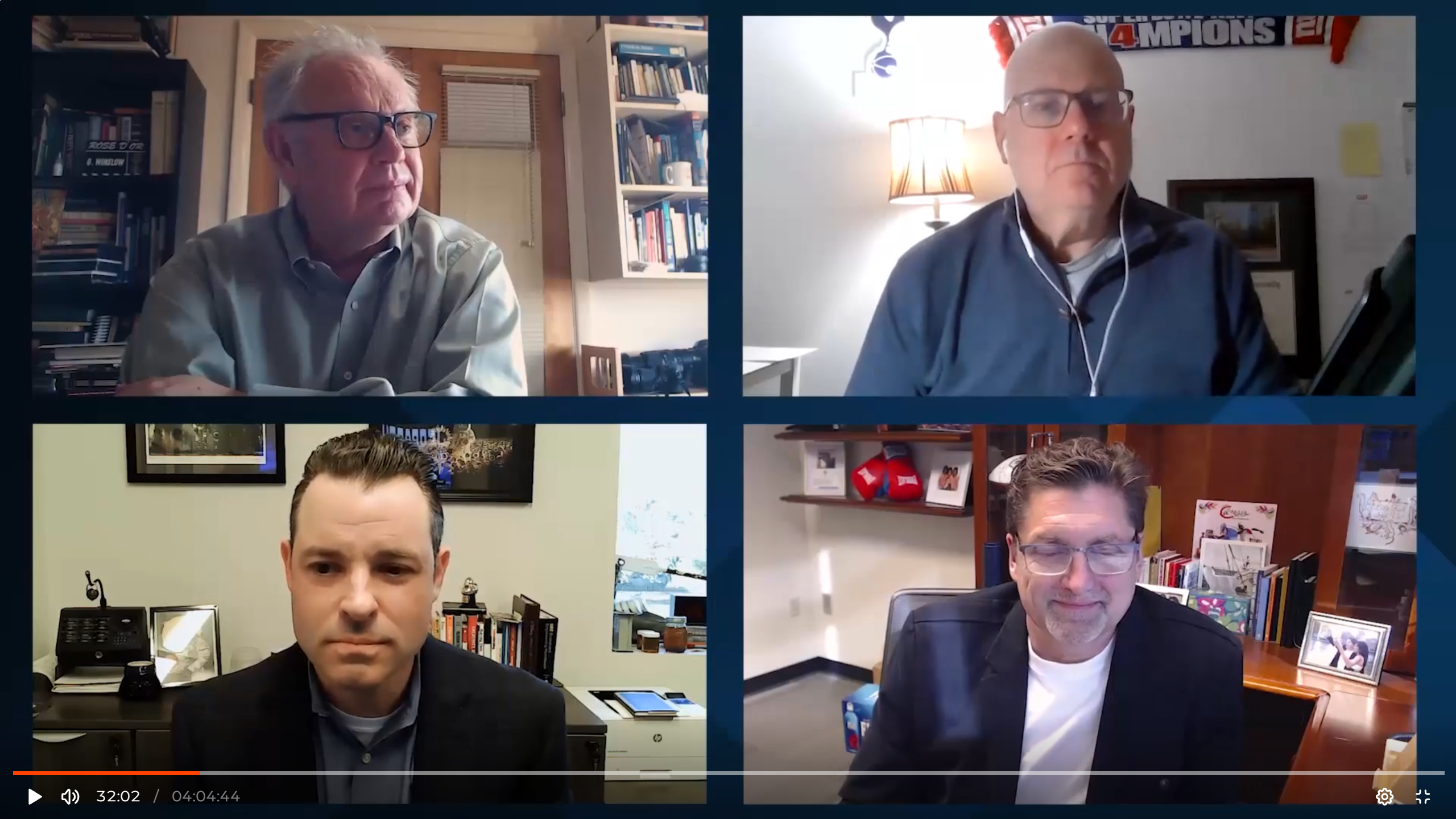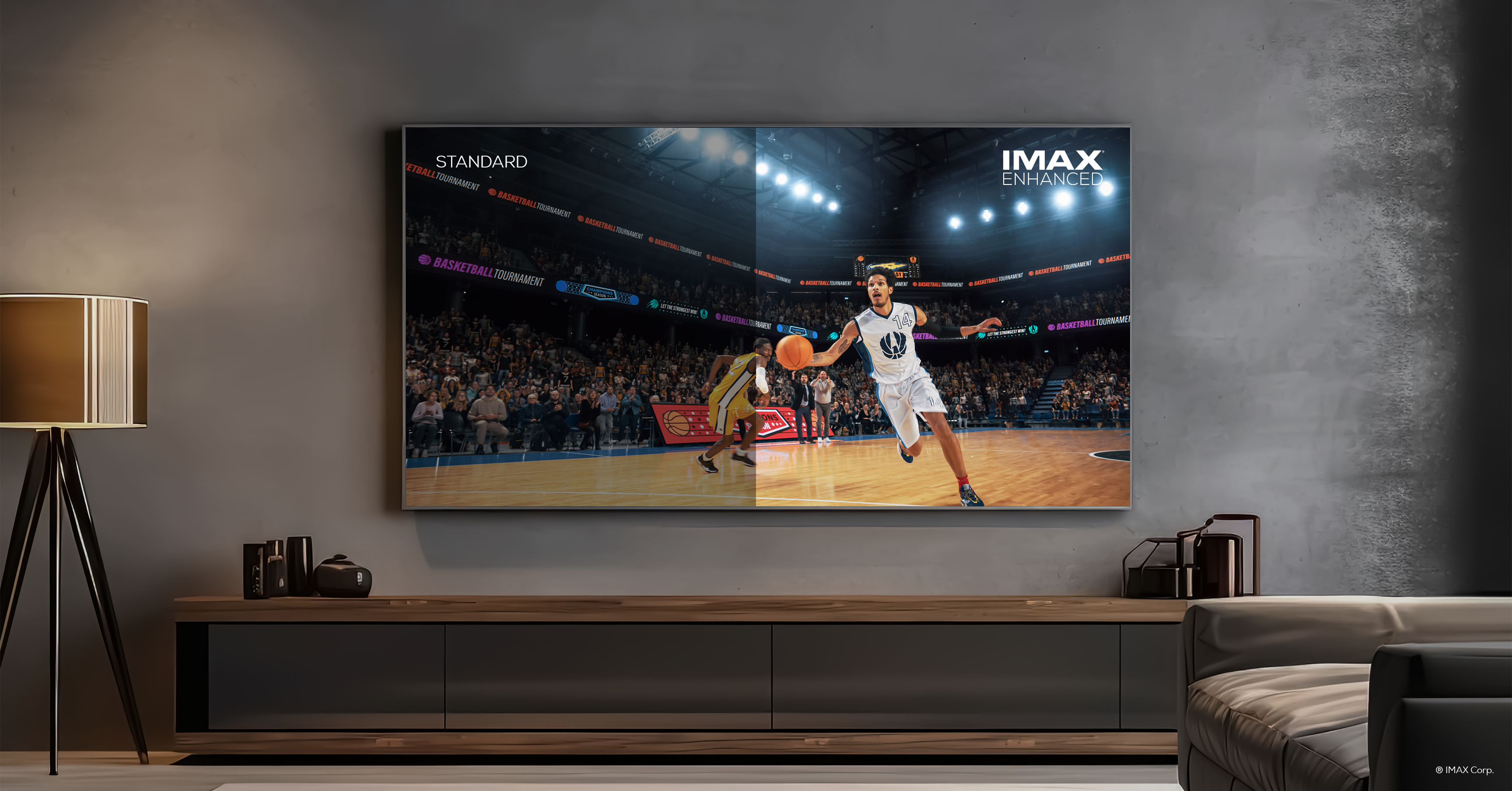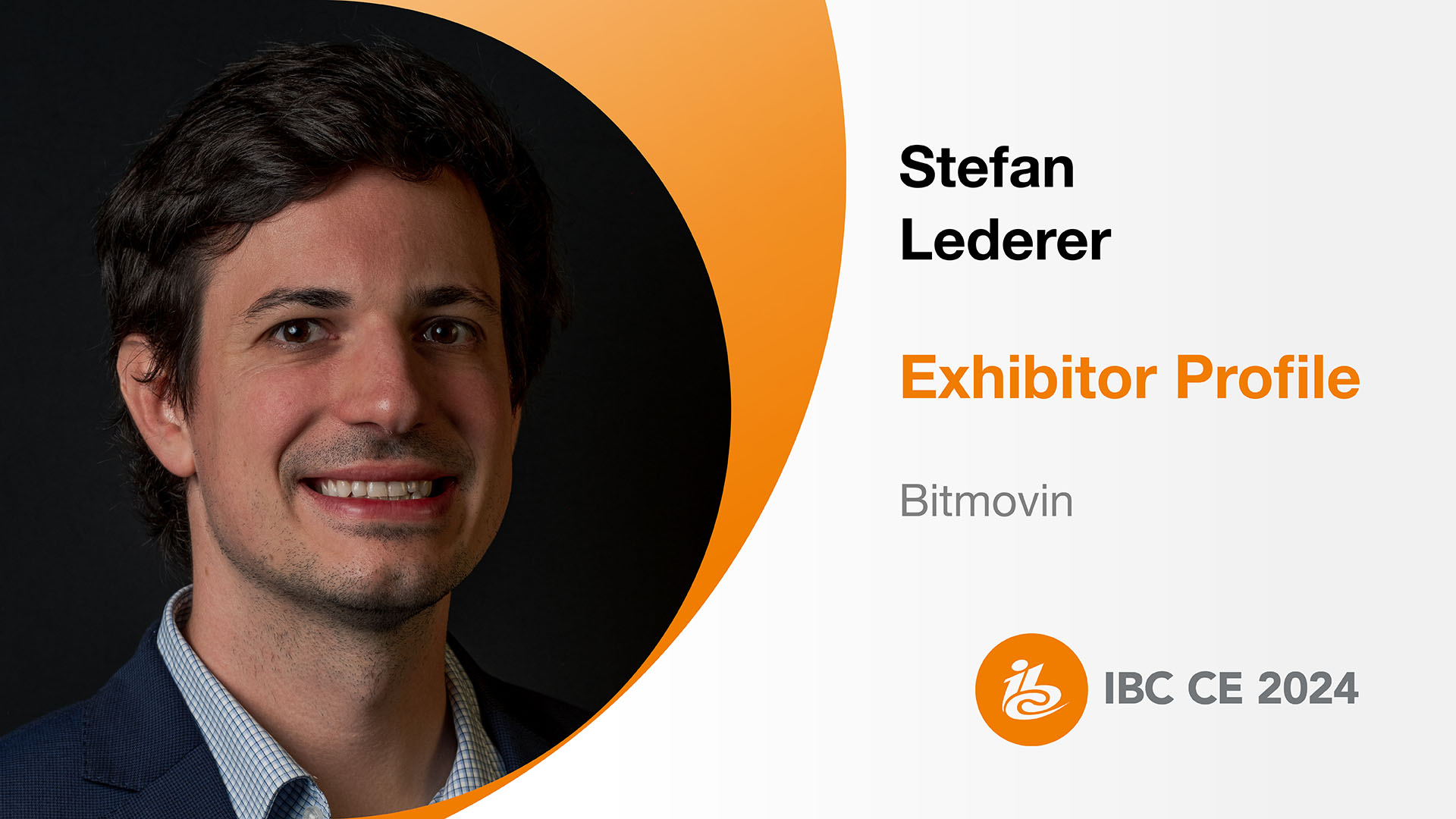IP, Next Gen TV in BEITC Spotlight
Anyone who has debated IP’s impact on broadcast will have that topic along with many others addressed at this year's Broadcast Engineering Information Technology Conference (BEITC) at the NAB Show. The conference will kick off with several SBE Ennes Workshops on Saturday, April 7 that will discuss the state of the industry and the transition to IP. The session, “Is IP Real?” (Saturday, April 7, 9:35 a.m., in N262-N264 in the North Hall of the Las Vegas Convention Center), will face the issue head on and discuss the hard facing details about real time IP from supplier through system integrator to end-users.
“There are a lot of people that are asking that question, but it is safe to say that we’ve already shown that it is very real,” said Michael Cronk, vice president, core technology at Grass Valley and one of the session panelists.
IP for broadcast is here and now, according to Stan Moote, CTO for the International Association of Broadcast Manufacturers and session moderator. “There are already enough systems out there that after this show, IP will become the norm,” he said.
[Read: What 2110 Means for Broadcasters]
The question now is how fast the industry will adopt it, Cronk added. “SMPTE has finished the SMPTE ST 2110 standard and that will open the door for a lot more IP solutions,” he said.
FINDING ANSWERS
The new standards suite specifies the carriage, synchronization, and description of separate elementary essence streams over professional internet protocol (IP) networks in real-time for the purposes of live production, playout and other professional media applications. In addition, the SMPTE ST 2110 standards will make it possible to separately route and break away the essence streams—audio, video, and ancillary data.
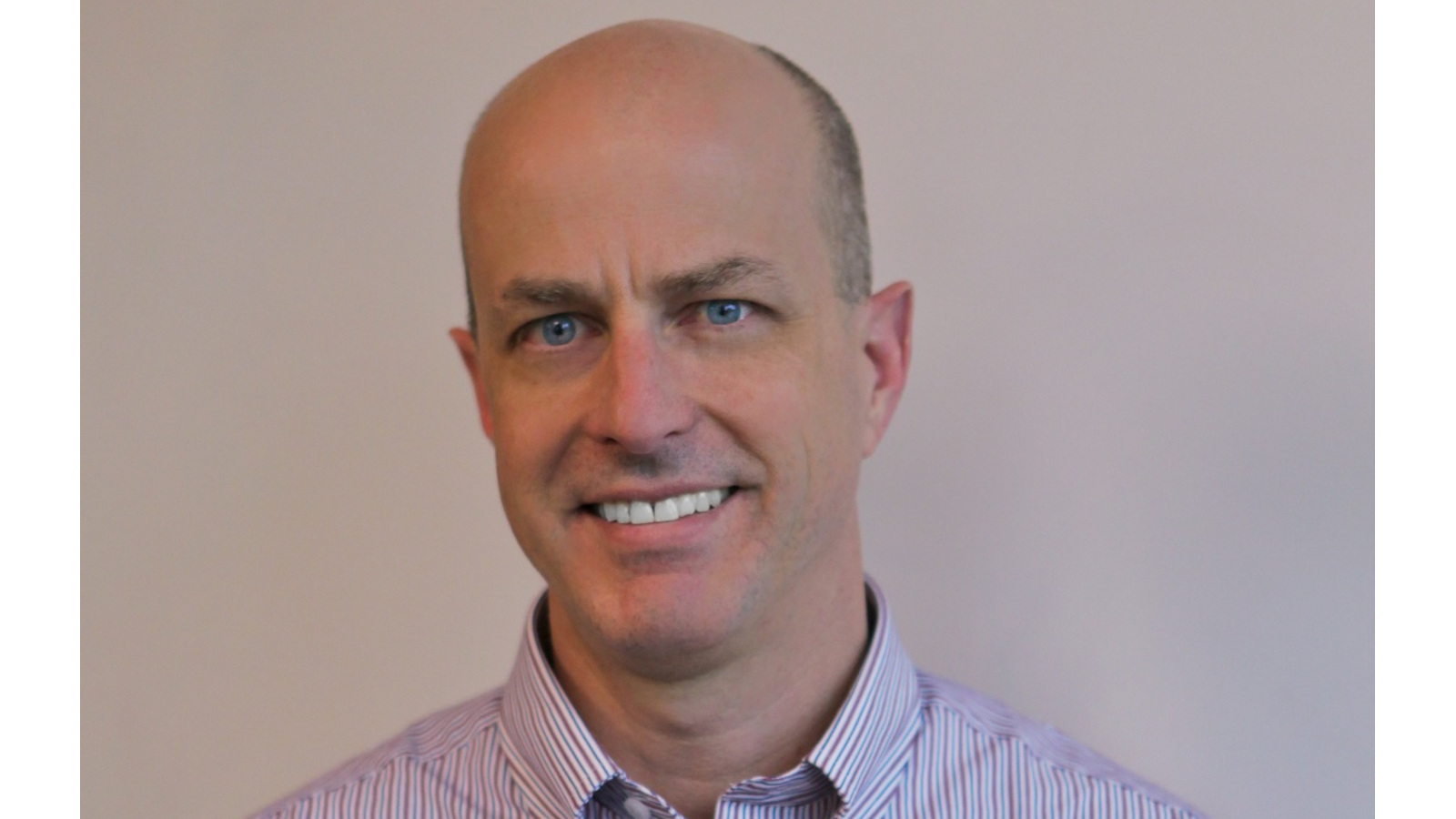
“Right now we’re in the beginning of this adoption,” Cronk said. “However, as people see that it is now being used in the field it will begin to take off.”
Other SBE Ennes Workshops include “Next Gen is OTT/OTA,” (Saturday, April 7, 9:55 a.m., N262-N264), where the interrelationships between over-the-top and over-the-air will be discussed; “What are MicroServices and Why Should We Care?” (Saturday, April 7, 11:05 a.m., N262-N264), which will explain how microservices could be the new software-based building blocks that could be utilized by the next generation of media creators and distributors; and “Cyber Security Hygiene in IP Broadcast Systems,” (Saturday, April 7, 11:30 a.m., N262-N264), which will offer a discussion on how cyber security can be implemented in a practical manner.
“These sessions answer the fundamental questions and issues that the industry is facing this year and beyond,” said Skip Pizzi, vice president of technolgy and outreach at NAB.
The sessions could also put some minds at ease, including those broadcasters who are still using legacy systems and may not be able to fully move to IP in 2018.
“The dirty little secret is that SDI works fine with IP,” said Moote. “You don’t have to panic if you can’t get every product in IP. That has been one of the scary points that people have been worried about.”
Attendees of the conference will be able to take in what IP can offer as there will be a full IP production studio at the show.
“This will highlight all aspects of IP,” added Moote. “We want to show the hybrid solutions of how IP and SDI can and do work together.”
EXPLORING ATSC 3.0
BEITC will also feature sessions devoted to the new ATSC 3.0 broadcast standard, which combines over-the-air broadcast capabilities with IP, allowing TV stations to not only deliver higher-resolution video, but to also offer geo-targeted ads as well as video on demand and other interactive services.
Much of this functionality will be discussed in the panel session “ATSC 3.0 - Layers and Layers and Layers Oh My!” (Sunday, April 8, 1:30 p.m., N260-B).
[Read: 2018 NAB Show Marks Next Gen TV's Arrival]
“We’ll be pulling it back much like the layers of an onion,” said Ted Korte, session presenter and COO of Qligent, a Melbourne, Fla.-based developer of broadcast monitoring systems. “There is a lot on what you can do with it from the encoder to the end user.”
However, it is apparent already that this transition to ATSC 3.0 may not be a trivial task, nor is it likely that everyone will simply switch on every feature.
The hurdles and challenges that lay ahead will be discussed in other ATSC sessions on Sunday including: “The ATSC 3.0 Test Station in Cleveland Grows Up,” (10:40 a.m., N255), offering insight from WJW-TV and summarizing the activities at the station and the lessons learned to date; and “Transmitter Carrier and Timing Offset for Co-Channel Interference Mitigation,” (1:30 p.m., N260-A), which will discuss how carrier and timing offset techniques are proposed at the transmitter side to mitigate the co-channel interferences. “How the ATSC 3.0 Deployment Can be Better than that of ATSC 1.0” (1:30 p.m., N260-D), will compare how this transition will be different from the deployment of the nation’s first digital broadcast standard.
“[We’ll] be highlighting some of the issues that will be at the heart of channel-sharing agreements to effectuate the 3.0 deployment,” explained session presenter Jerald N. Fritz, executive vice president for strategic and legal affairs at ONEMedia. “We will point to both host and tenant issues that need to be reflected in these unique market-wide, mutistation agreements.”
Other panels on the subject include: “The Data Strategy Behind Harnessing ATSC 3.0 for Audience Targeting,” (Monday, April 9, 2:20 p.m., N256), which will discuss how NBCU will harness big data and machine learning infrastructure behind Audience Studio, the network’s data management technology platform and ad targeting system, to plan for the adoption of ATSC 3.0; and “ATSC 3.0 Ready – Designing Antennas for Higher OFDM PAPR (Tuesday, April 10, 9:20 a.m., N255), where new limitations in RF transmission system specifications will be addressed.
With all these different topics, one takeaway for broadcast engineers at the 2018 NAB Show is that with the standards process mostly completed, the road to ATSC 3.0 is just beginning.
“We shouldn’t expect everything to be resolved in ATSC 3.0 in 2018,”said Korte. “Even 2019 is looking ambitious as there is still too much distraction this year. We should expect a lot more trials to get us there.
“We can’t do this all at once,” he added. “It is like going to buffet and trying to eat it all—it might seem like a good idea but it isn't recommended.”
Get the TV Tech Newsletter
The professional video industry's #1 source for news, trends and product and tech information. Sign up below.
